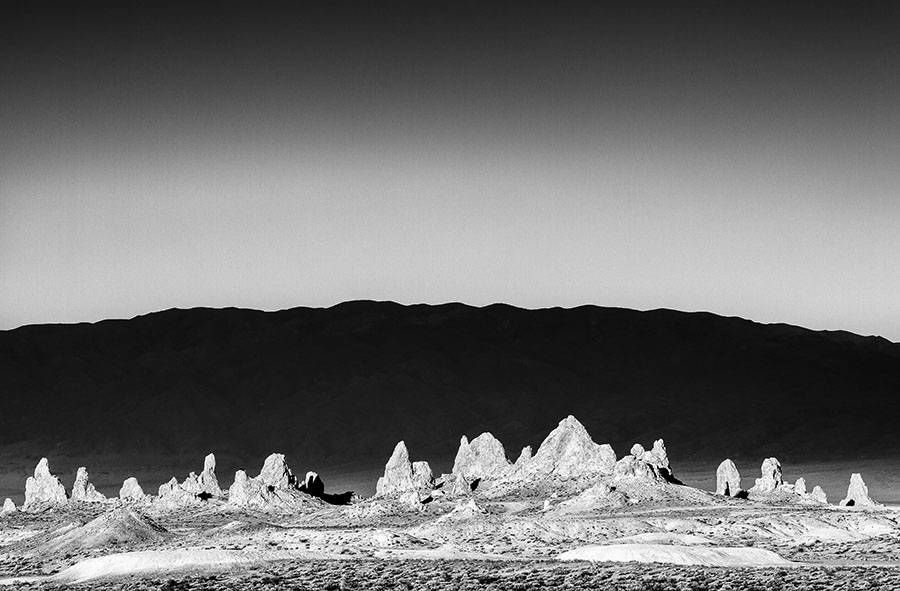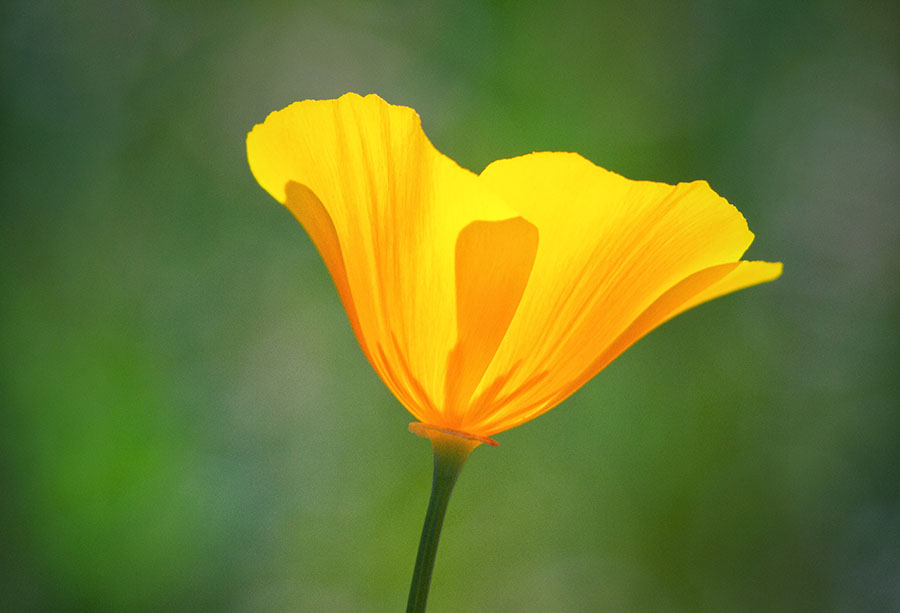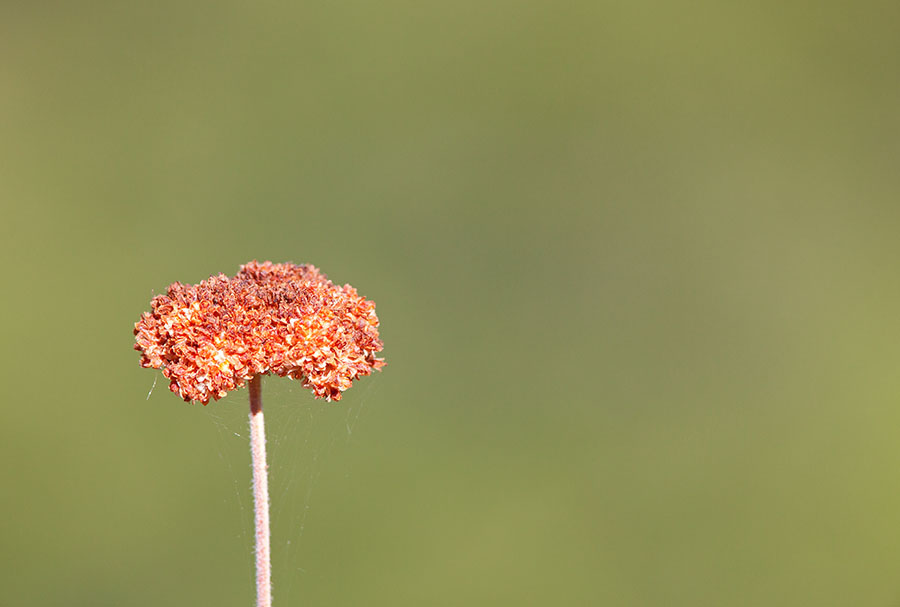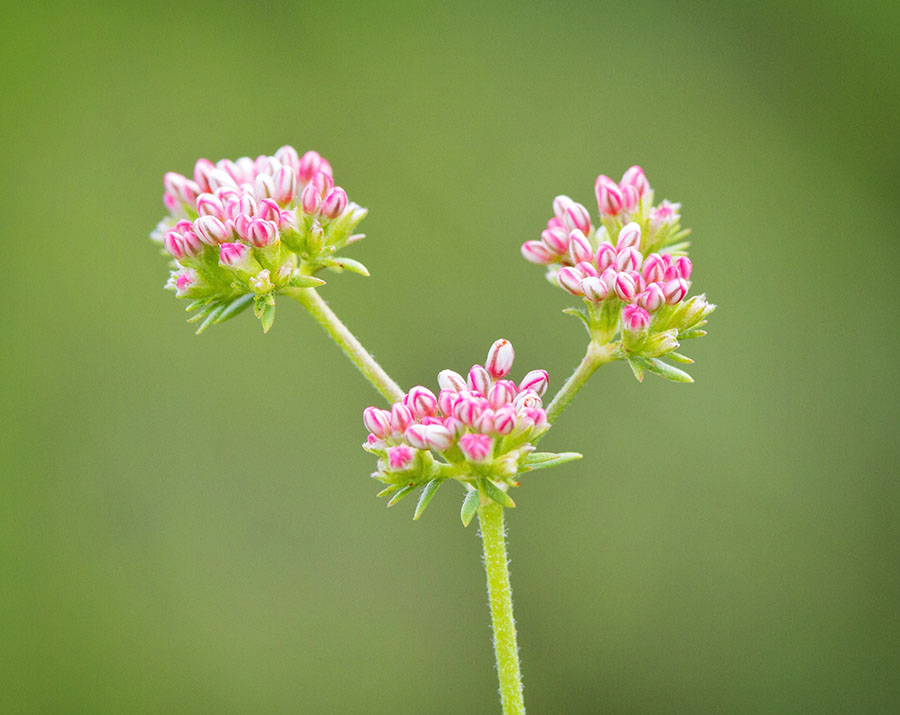 Composition is all about creating pleasing images. It’s a difficult aspect of photography because there aren’t really any set-in-stone rules about it, and many aspects of composition are really about how you see the world uniquely from everyone else.
Composition is all about creating pleasing images. It’s a difficult aspect of photography because there aren’t really any set-in-stone rules about it, and many aspects of composition are really about how you see the world uniquely from everyone else.
So although there aren’t any scripts you can follow that will always lead you to a good composition, I think there are some questions you can ask yourself that will help steer you in the right direction:
What do you want to communicate about your subject?
This is a good question to start with because it helps you get to the core of what motivated you to photograph your subject. In nature photography, sometimes the answer to this question is simply “it’s beautiful!” But try to think deeper than that, ask yourself “what makes my subject beautiful?” — and once you find an answer to that, think of ways to capture that aspect or emphasize it in an image.
For example, when I first visited the Trona Pinnacles in the Mojave Desert, I was immediately impressed with how they just stood out from the landscape, almost like dirt skyscrapers in the desert. So in all the images I made that day, I tried to make them stand out as much as possible—either by getting close with a wide-angle lens or photographing them in front of a distant mountain range that contrasted with them. On my second trip there, I finally got an image that captured how I felt about the pinnacles:

I purposely waited for a cloud to shade those mountains in the background (but not the pinnacles), in order to capture more contrast and make those pinnacles stand out more like a skyline. I converted the image to black and white to further emphasize this.
What is the most visually interesting aspect of your subject?
Sometimes it’s hard coming up with an answer to that first question, especially an answer that you can communicate visually. So a simpler question to ask is: what is the most visually interesting aspect of your subject? Think about all of its elements and how it looks from different angles.
For example, one of my favorite things (visually, at least) about the California poppy is how it looks from the side—they look like lightbulbs in the middle of the day and have the most wonderful shadows inside:

When is your subject most visually appealing?
In nature, almost everything changes visually with the seasons (even if just a little bit). This creates a wide range of possible images. This is also a good reason why it’s important to know your subject and how it looks differently throughout the year. So when you’re inspired to photograph a new subject, think about when your subject is most visually appealing (and how that might relate to the first question above).
For example, one plant that goes through a dramatic change every year in southern California is buckwheat. In late summer, most of the landscape dries out, and buckwheat flowers become a dark reddish brown color:

Interesting, but not the most visually appealing. In spring, when the flowers are at their peak, they’re a little more visually appealing, but they’re mostly just all white flowers without many interesting lines or contrast. Personally, I think they look best just before they bloom:

Right before they bloom, they have these beautiful magenta/red lines on them that fade away once the flowers bloom.
Another thing that constantly changes in nature is lighting, so think about what lighting condition will make your subject look best or help you communicate what you’re trying to say about your subject.
These are just places to start
Composition is a lifelong exploration of how you see the world. So look at these questions just as places to start your exploration, and I encourage you to think of more questions to ask yourself — anything that will help you get to the root of what you’re trying to communicate in a photo.
If you have another question you like to ask yourself when composing a photo, please share it by leaving a comment below, thanks! 🙂
Get more nature photography tips in our free weekly newsletter
 About the Author: Steve Berardi is a nature photographer, software engineer, and founder of PhotoNaturalist. You can usually find him hiking in the beautiful mountains and deserts of southern California.
About the Author: Steve Berardi is a nature photographer, software engineer, and founder of PhotoNaturalist. You can usually find him hiking in the beautiful mountains and deserts of southern California.
Well done photos and explanations. Explaining the settings used, lenses, distance and any other aspects would be useful and interesting.
Thanks Steve.. Glad your back… Your information is always spot on.
Great article, has really made me stop and think and will make me think in future when out with my camera. Inspiring!
I just now (nov 14) read this but what about rule of thirds?